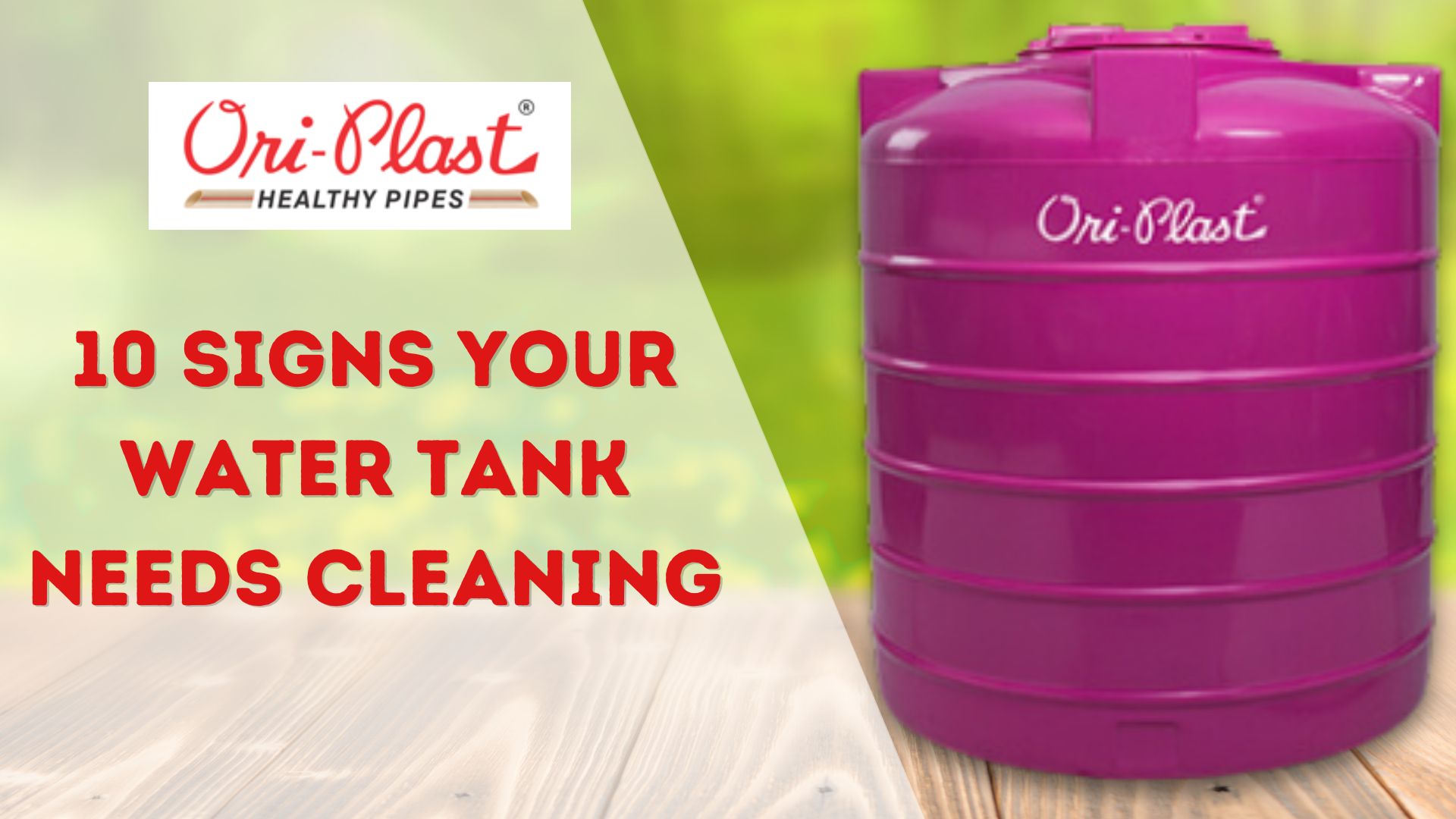Does your home have a water tank for storing hot water or providing water pressure? If so, it's important to get that tank cleaned periodically. A neglected water tank can lead to some nasty problems like foul-smelling or discolored water, sediment buildup, and even bacteria growth. But how can you tell when it's time for a good cleaning? Here are ten telltale signs to watch out for.
1. Discolored Water
One of the clearest (no pun intended) indications that you need to clean your water tank is discolored water coming from your taps. If the water appears brownish, yellowish, or has a funny tint to it, chances are there is rust or sediment buildup in the tank that is contaminating the water supply.
2. Bad Tastes or Odors
Similarly, you'll want to pay attention if your water starts tasting funny or emitting unpleasant odors. An earthy, musty, or rotten smell is a red flag that bacteria may be growing inside the tank and contaminating the water. A metallic taste could signify rust and corrosion inside the tank.
3. Low Water Pressure
Over time, the sediment, rust, and gunk that accumulates on the bottom of a water tank takes up space and reduces the tank's capacity. This can restrict water flow and lead to noticeably lower water pressure throughout your home's plumbing system.
4. Sediment in Fixtures
Suppose you start seeing gritty particles, rust flakes, or other debris coming out of your faucets, showerheads, or appliances when running water. In that case, it's a good bet that sediment from an unclean tank is making its way into your pipes.
5. Rumbling or Knocking Sounds
Does your water heater make odd knocking, rumbling, or banging noises while operating? This could be caused by sediment hardening into scale on the bottom of the tank and getting heated, making it expand and contract noisily.
6. Hot Water Running Out Quickly
A water heater tank that's full of sediment can't operate efficiently. All that buildup acts as insulation and makes it harder to heat fresh cold water entering the tank. This means your supply of hot water gets used up faster.
7. Old Age
Even with no visible signs of an issue, it's generally recommended to have a residential water tank cleaned every 3-5 years just based on its age and normal usage. Over time, mineral buildup is inevitable. Here's how you can thoroughly clean your water tank at home.
8. Visible Tank Corrosion
If you can actually see signs of corrosion or rusting on the outside of the tank itself, you can bet there is likely just as much (or more) deterioration happening on the inside where you can't see it.
9. Leaks Around the Tank
Tiny leaks can start to form around the fittings or joints of an old, corroded tank. This is a sign that sediment and deterioration is taking its toll and the tank is nearing the end of its lifespan.
10. Purchasing a New Home
If you've just purchased a home or building, it's always a smart idea to have any existing water tanks professionally inspected and cleaned if needed. You don't want to inherit someone else's neglected, dirty tank!
If you notice any of these red flags, don't wait - have your water tank cleaned by a professional plumbing service. They have the tools and expertise to thoroughly flush out all the nasty buildup so your water stays clean, fresh, and problem-free.




